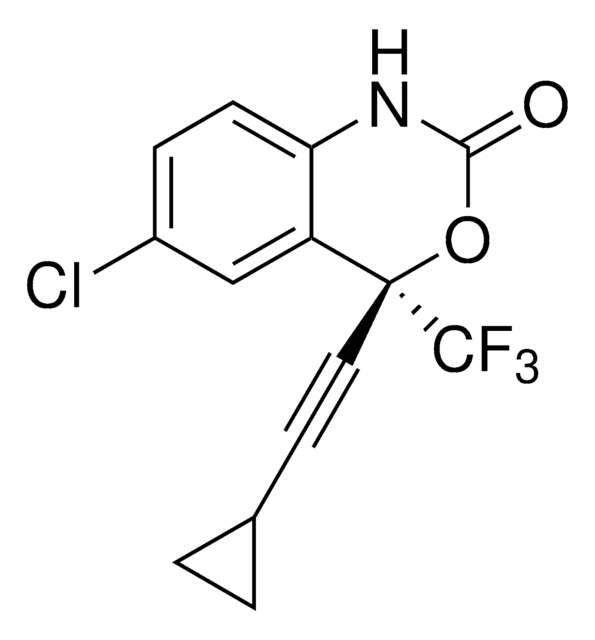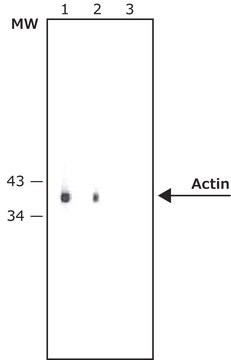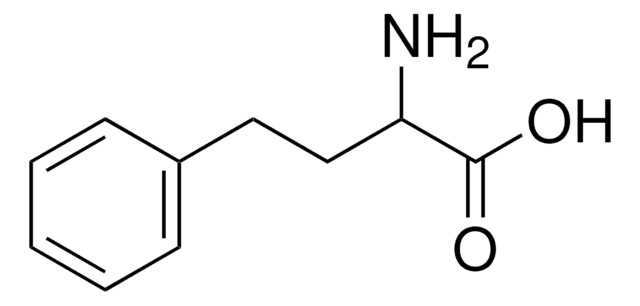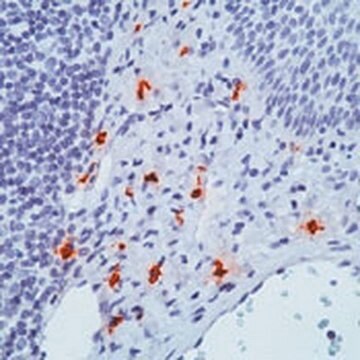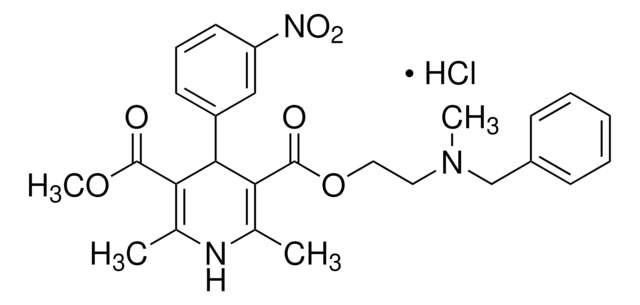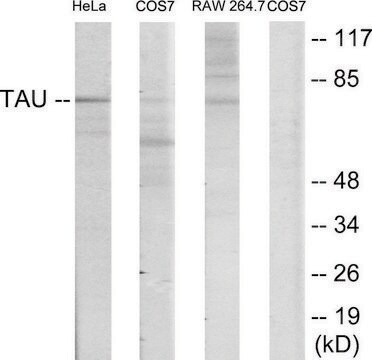K0265
Anti-Potassium Channel K2P4.1 (TRAAK) antibody produced in rabbit
affinity isolated antibody, lyophilized powder
Synonym(s):
Anti-KCNK4, Anti-TWIK-related arachidonic acid-stimulated K+ channel
About This Item
Recommended Products
biological source
rabbit
Quality Level
conjugate
unconjugated
antibody form
affinity isolated antibody
antibody product type
primary antibodies
clone
polyclonal
form
lyophilized powder
species reactivity
human, rat
technique(s)
immunohistochemistry: suitable
western blot: 1:200 using HEK-K2P4.1 transfected cells or rat cerebellum lysate
UniProt accession no.
storage temp.
−20°C
target post-translational modification
unmodified
Gene Information
human ... KCNK4(50801)
rat ... Kcnk4(116489)
General description
Specificity
Immunogen
Biochem/physiol Actions
Physical form
Reconstitution
Disclaimer
Not finding the right product?
Try our Product Selector Tool.
Storage Class
10 - Combustible liquids
wgk_germany
nwg
flash_point_f
Not applicable
flash_point_c
Not applicable
Choose from one of the most recent versions:
Already Own This Product?
Find documentation for the products that you have recently purchased in the Document Library.
Our team of scientists has experience in all areas of research including Life Science, Material Science, Chemical Synthesis, Chromatography, Analytical and many others.
Contact Technical Service
